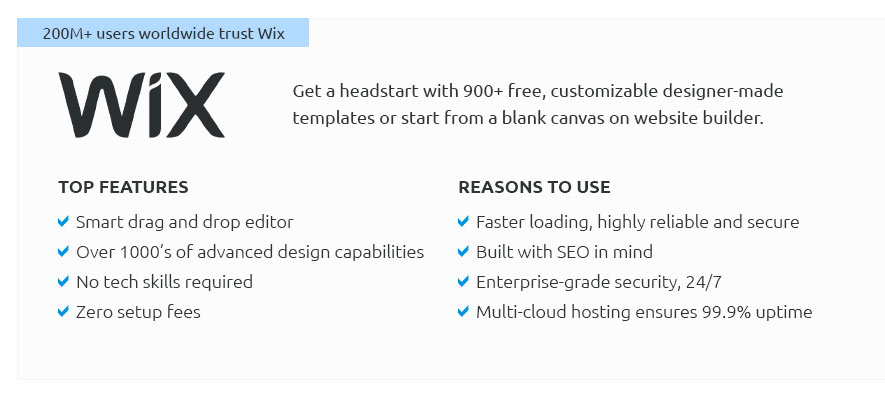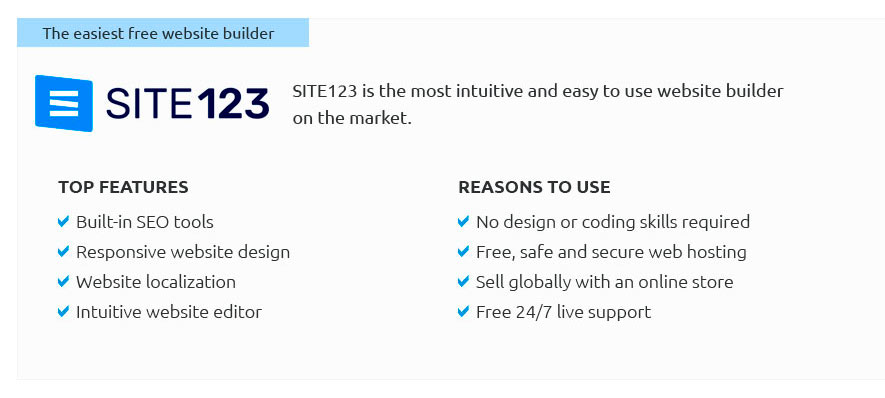 |
 |
 |
 |
|
 |
 |
 |
|
 |
|
 |
 |
|
 |
|
 |
|
 |
 |
How to Create a Private WebsiteIn today's digital age, creating a private website can be an incredibly rewarding endeavor, whether you're aiming to maintain a personal blog, showcase your portfolio, or simply share content with a select group of individuals. Unlike public websites, a private website offers an intimate space where privacy and exclusivity are prioritized, allowing you to control who accesses your content. Crafting such a website involves a blend of technical know-how, creativity, and an understanding of your specific needs. Define Your Purpose and Audience The first step in creating a private website is defining its purpose and identifying the intended audience. Are you creating a family photo album, a private journal, or perhaps a members-only community for a niche interest? Understanding the primary goal of your website will guide your decisions throughout the development process. Furthermore, knowing your audience will help you tailor the content and design to meet their expectations and preferences. Choose a Platform Once you have a clear vision of your website's purpose, it's time to select a platform. There are numerous options available, ranging from user-friendly website builders like Wix or Squarespace to more advanced content management systems like WordPress. For those seeking complete control over their site, self-hosting might be the best route, offering greater flexibility in terms of customization and privacy settings. Each platform has its own strengths and weaknesses, so consider factors like ease of use, design flexibility, and privacy options when making your decision. Domain Name and Hosting Securing a domain name is a crucial step in establishing your online presence. Your domain name should be unique, memorable, and reflective of your website's theme or purpose. Once you've chosen a name, you'll need to register it through a domain registrar. Concurrently, you'll need to arrange for web hosting, which involves renting space on a server where your website's files will be stored. Many hosting providers offer packages that include domain registration, making the process more streamlined. Design and Privacy Settings With your platform, domain, and hosting sorted, you can turn your attention to design. Aesthetics play a significant role in user experience, so invest time in creating a visually appealing layout that aligns with your website's purpose. Most platforms offer a range of customizable templates, allowing you to tailor the design to your taste. Equally important are the privacy settings; ensuring your website remains private requires configuring access permissions and possibly incorporating password protection or user authentication features to restrict entry to authorized individuals only. Content Creation and Maintenance Content is king, as they say, and it's no different when it comes to private websites. Regularly updating your site with engaging and relevant content will keep your audience interested and coming back for more. Depending on your site's focus, this might include blog posts, photo galleries, videos, or other multimedia elements. Additionally, maintaining your website's security is paramount, so ensure you have robust security measures in place, such as SSL certificates, regular backups, and software updates. Conclusion Creating a private website is a journey that combines creativity with technical prowess. By carefully considering your website's purpose, choosing the right platform, securing a domain, designing with intention, and prioritizing privacy and content, you can establish a digital space that serves your needs and those of your intended audience. It's a process that not only enhances your online presence but also offers a unique opportunity to share your passions with a select group in a secure and controlled environment. https://community.squareup.com/t5/-/-/td-p/590739
There's an option on the Settings tab to hide the entire site from search engines, which is what it sounds like you want to do. https://www.reddit.com/r/learnprogramming/comments/wbewi6/how_can_i_make_a_website_private_or_is_the_thing/
Comments Section ... The only way to make something like this "private" would be to run it on a closed network that you control, i.e. running the ... https://stackoverflow.com/questions/1436035/how-do-you-make-a-site-private
5 Answers 5 - Set up a firewall rule to only allow your IP address(es) access to the site. - Use a subdomain that you don't tell anybody about ( ...
|